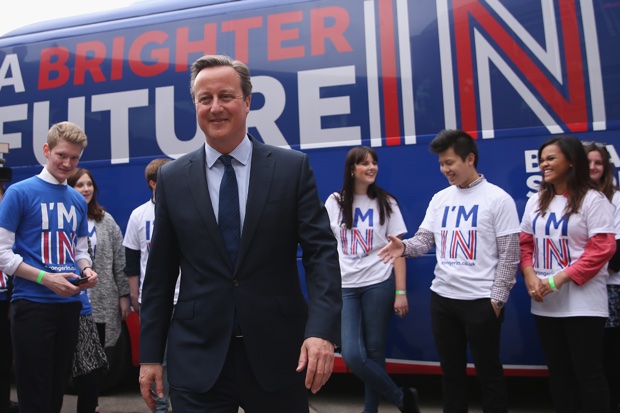Personally, I love referendums. It’s the notion that the people really can have things their way which is so pleasing, unlike the normal state of affairs when every issue of importance is bundled up in a party political package in a general election which makes it effectively impossible to unpick, say, your candidate’s approach to assisted dying from their party’s approach to income tax.
My favourites are the ones when, as with the Swiss vote on banning minarets, the people listen carefully to the considered opinion of big business, the churches and the major parties…and then go and vote exactly the opposite way.
I do, however, take a dim view of referendums where the whole thing is stitched up – in the Irish vote on gay marriage, for instance, the funding given to the two sides was so wildly disproportionate as to compromise the whole thing. In fact my own memory of referendums is the old way of doing them in Ireland when there would be advertisements in the papers before the vote – official ones – in which both sides of the argument were given objectively on different sides of the page, for people to weigh up. (It didn’t preclude the government taking sides in the campaign.) That convention ended in 2001 – but compare and contrast it with the government’s publicly funded Brexit pamphlet, which is one side of the argument dressed up as an official communication.
Actually, in Ireland referendums are still done pretty well. The Irish embassy summed up the way they’re handled as follows:
‘The law in Ireland provides for a government-funded but 100% independent body called the Referendum Commission, which is legally obliged to provide objective, factual information to all voters and to encourage people to vote. Once a referendum is called, a senior judge is appointed to chair the Commission and oversee its publications etc while also being available for media appearances to explain the issues at hand. The Commission always sends a document to every home and also has a website, places advertisements etc. Separately, the government itself may choose to mount an information campaign of its own, typically led by the government department most closely connected with the issue being put to a vote. This has been done for EU-related referendums (most recently, the 2012 Fiscal Compact treaty referendum, where the full text of the treaty was sent by the government to all homes) but was not done for the 2015 marriage referendum or the 2013 referendum proposing to abolish the Seanad/Senate.’
That strikes me as a pretty balanced.
Of course good procedure doesn’t guarantee good outcomes. You need only recall the vote on the Lisbon Treaty when the Irish electorate, having rejected the Treaty in one referendum, were duly obliged to vote again on it 16 months later so as to come up with the correct result. I can’t quite see that happening here.







Comments